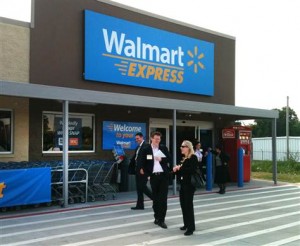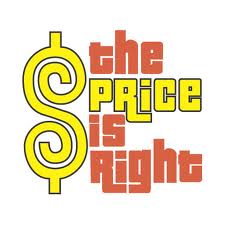 Recently I read a blog on Bloomberg’s Management Blog site that raised an important issue about the success of IPOs of social media firms like Twitter. In class we’ve discussed how the actual source of revenue for these firms is from advertisement deals. One would think that because Twitter is a social media site, advertisers are eager to strike up deals with them because of the amount of information on Twitter. However, this blog suggests that Twitter doesn’t actually have any advantage concerning the amount and quality of data unless it establishes data stewardship with its users. The term data stewardship refers to when users trust Twitter with their personal information to be used for a certain purpose. In order for this to be established Twitter needs to be transparent with its users and how they are using their personal information, otherwise they aren’t getting it. If this transparency isn’t established there really is no difference between advertising with Twitter and advertising with say a mobile application.
Recently I read a blog on Bloomberg’s Management Blog site that raised an important issue about the success of IPOs of social media firms like Twitter. In class we’ve discussed how the actual source of revenue for these firms is from advertisement deals. One would think that because Twitter is a social media site, advertisers are eager to strike up deals with them because of the amount of information on Twitter. However, this blog suggests that Twitter doesn’t actually have any advantage concerning the amount and quality of data unless it establishes data stewardship with its users. The term data stewardship refers to when users trust Twitter with their personal information to be used for a certain purpose. In order for this to be established Twitter needs to be transparent with its users and how they are using their personal information, otherwise they aren’t getting it. If this transparency isn’t established there really is no difference between advertising with Twitter and advertising with say a mobile application.
Personally, I don’t have Twitter but I have Facebook, which works in the same way. If I don’t give my information like what city I live in, where I went to school, etc., then Facebook has no value/advantage to offer its advertisers and that can greatly affect is revenue streams and value of its shares.
John Rose, “In Twitter We Trust…Maybe” The Management Blog, November 15, 2013, http://www.businessweek.com/articles/2013-11-15/in-twitter-we-trust-maybe
Image from: “Twitter Advertising Now Open to All U.S. Users,” Mashable, November 15, 2013 http://mashable.com/2013/04/30/twitter-advertising-open-to-all/






